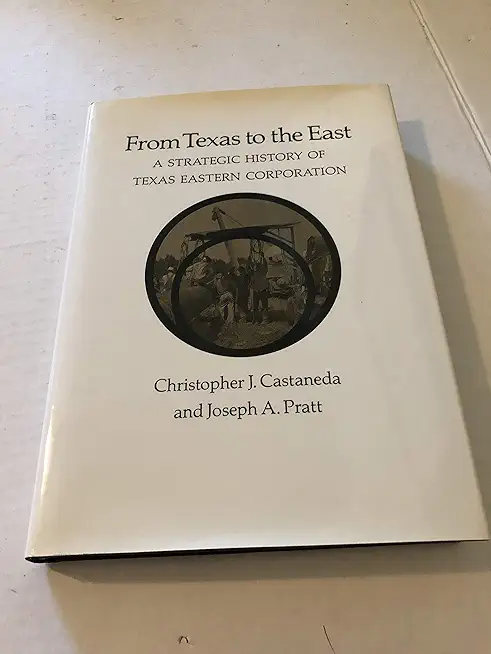
Castaneda, Christopher J.
product information
description
ral Houston-based firms organized to transport natural gas from the giant fields of the Southwest to the large utility companies that distributed energy in the urban-industrial centers along the East coast. This relatively inexpensive and clean-burning fuel quickly made spectacular inroads into markets previously served by coal and petroleum. Texas Eastern was one of the major competitors in the post-war industry. The company's origins were unique. Early in 1947, a group of entrepreneurs led by Herman and George R. Brown, founders of the Brown & Root construction firm, purchased the Big Inch and Little Big Inch pipelines from the U.S. government, which had built them to transport crude oil and petroleum product vital to the war effort. By converting these pipelines to the transportation of natural gas, the founders of Texas Eastern got in on the ground floor of a dynamic industry. With full access to company files, Christopher J. Castaneda and Joseph A. Pratt follow the company from its creation in 1947 to its purchase by Panhandle Eastern Corporation in 1989. During this period, Texas Eastern's strategy focused on expansion of its natural gas system and diversification into other related industries including liquefied natural gas sales, North Sea oil and gas production, and Houston real estate. In the 1970s and 1980s, the company faced a series of challenges from the energy crisis, the deregulation of natural gas, and the hostile takeover movement in the energy industries. By the late 1980s, the process of diversification had come full circle, as the company sold off subsidiaries and refocused on the transmission of natural gas as a part of Panhandle Eastern's vast system.
member goods
No member items were found under this heading.
Return Policy
All sales are final
Shipping
No special shipping considerations available.
Shipping fees determined at checkout.







